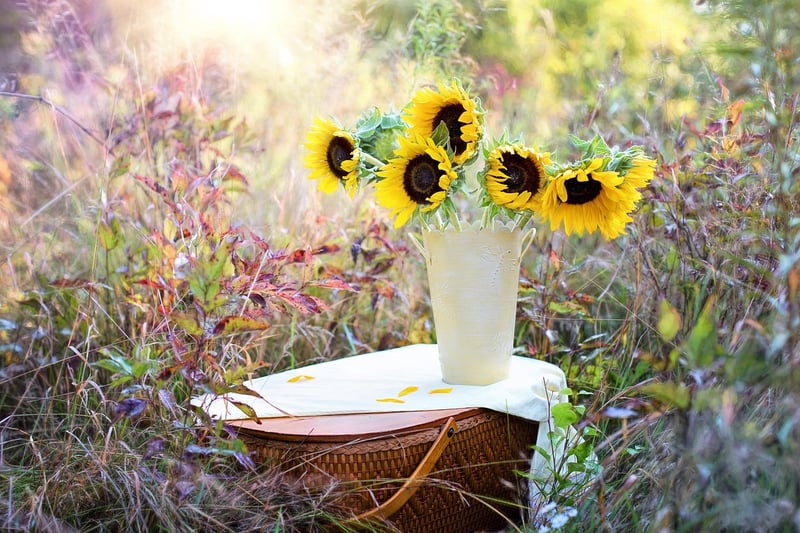Pruning Techniques
Keeping Your Garden Healthy: Essential Pruning Techniques
Having a thriving garden requires more than just watering and weeding. Pruning is a crucial technique that helps maintain the health, shape, and productivity of your plants. By understanding the basics of pruning, you can ensure your garden remains vibrant and lush throughout the year.
Why Pruning Is Important
Pruning serves several essential purposes in gardening:
- Promotes plant growth and productivity
- Improves air circulation and sunlight penetration
- Shapes plants for aesthetic appeal
- Removes diseased or damaged parts
- Controls the size of the plant
Key Pruning Techniques
1. Deadheading
Removing spent flowers encourages new blooms and prevents the plant from using energy to produce seeds.
2. Thinning
Thinning out excess growth allows for better air circulation and reduces the risk of diseases.
3. Heading Back
Heading back involves cutting back a portion of a stem to encourage branching and denser growth.
4. Rejuvenation Pruning
Rejuvenation pruning is a drastic cut to older plants to stimulate new growth and improve overall health.
Pruning Tips
- Use sharp, clean pruning tools to make precise cuts and prevent the spread of diseases.
- Prune during the plant's dormant season to minimize stress and maximize recovery.
- Research specific pruning requirements for each plant type to ensure proper technique.
- Step back regularly to assess the plant's shape and make targeted cuts for optimal growth.
Conclusion
Pruning is an essential skill for any gardener looking to maintain a healthy and beautiful garden. By mastering key pruning techniques and following best practices, you can enhance the growth and vitality of your plants, leading to a more vibrant outdoor space for you to enjoy.
Remember, proper pruning not only keeps your garden healthy but also promotes long-term plant success.
Happy pruning!


